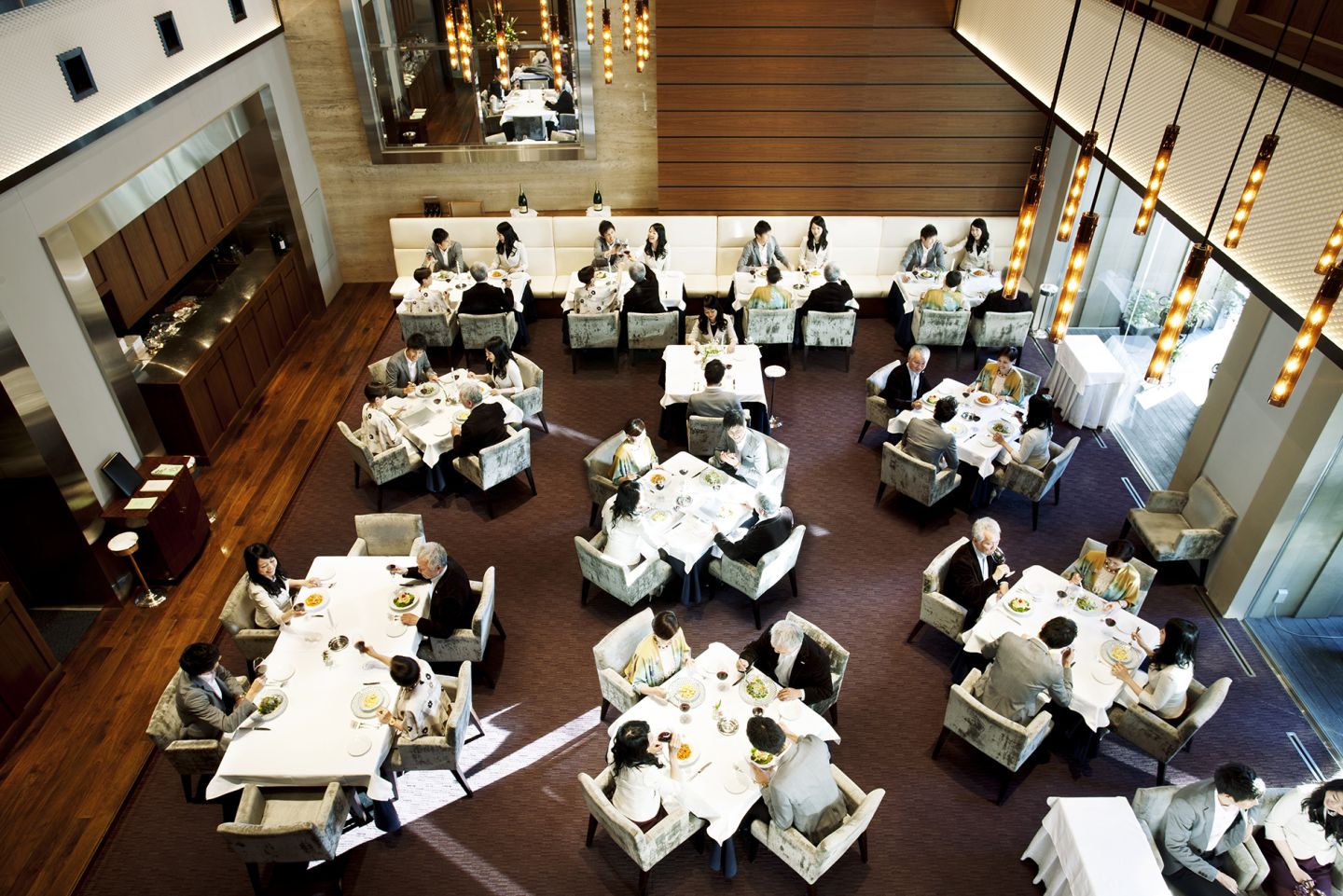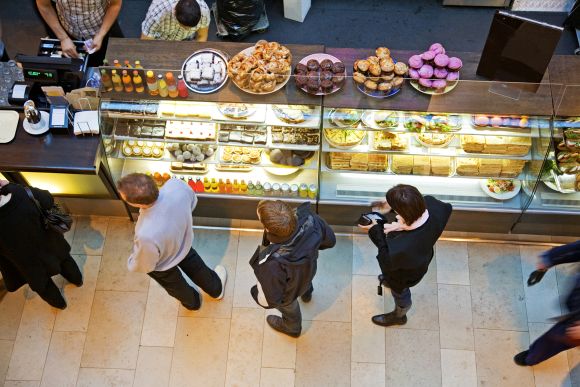Restaurant competition is stiff – fast casual restaurants and QSR’s continue to evolve and adapt to the needs of the customer, all while taking market share from the casual restaurant segment.
As this continues, casual dining chains must reposition themselves and adjust their strategies in order to grow in a more challenging environment.
Here we talked with Buxton’s Senior Vice President of Sales, Stephen Polanski, to get his take on some of the trends, opportunities and challenges facing the casual dining industry.
Q. What are the biggest challenges facing casual dining operators today?
A. Increased competition from fast casual concepts is a huge challenge for casual dining restaurants right now.
Q. What are the biggest opportunities facing casual dining operators?
A. Connecting on a 1-to-1 level with their loyal customer base. The more a restaurant can understand who their best customers are, the better their sales will be.
Q. Which markets offer the greatest growth potential for casual dining operators and why?
A. It depends if you’re talking about a regional player or a national concept. From an overall level, Texas, Charlotte, Southern California, are all growing. These are markets where consumer confidence is increasing and quality of life measures are high. As demographics change, that also means increased competitive pressures.
Q. How big of a threat are fast casual establishments to casual dining restaurants?
A. Huge. With the shift in consumer spending habits, different segments have shifted where they’re spending their dollar. From an overall level this was a one category drop down the segment pole.
Q. Casual dining operators are increasingly looking toward younger demographics – Millennials – as a way to grow sales. How big of an impact do you think Millennials will make on the restaurant industry?
A. Millennials could have a huge impact. The challenge for restaurants will be positioning the brand to the Millennial segment. Regardless of who you are, you need to know how they want to be communicated to, and how they view your brand in the current state in order to customize messages/strategy to introduce, re-introduce or connect with them on a personal level. Text messaging, imagery and brand positioning are all important factors to gaining loyalty within a new segment.
Q. In an attempt to continue to boost revenue and maximize growth, casual dining restaurants are expanding their dayparts, offering a mixed-service model and introducing fast casual variants. How can customer analytics optimize these strategies?
A. Understanding drive-times, customer mix and customer profile by daypart is the first step in executing these strategies. Drive-time and customer profiling is the foundation for customer analytics. From there you can see which stores have the highest potential for specific daypart increases, make targeted marketing more effective, as well as model new prototypes and concepts – ensuring maximum ROI.
Q. Before opening a fast casual spinoff, what should casual dining operators look for in terms of real estate?
A. Who are the customers they are trying to capture and how have they viewed your other concept in the past. Understanding the customer at an overall level should act as the foundation for new fast casual roll outs.
Searching for more answers to your big questions? We can help.


